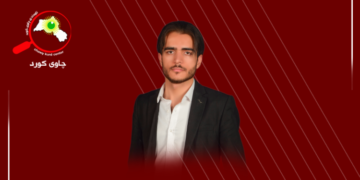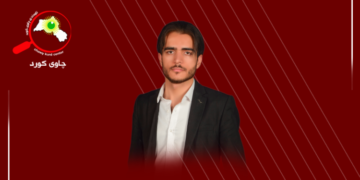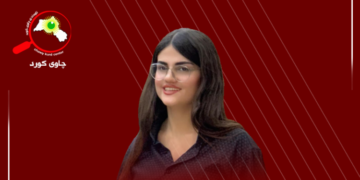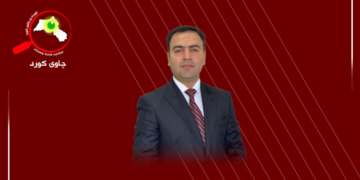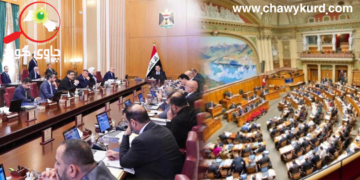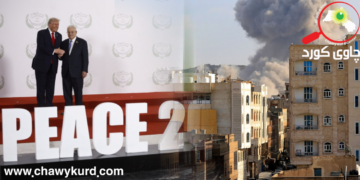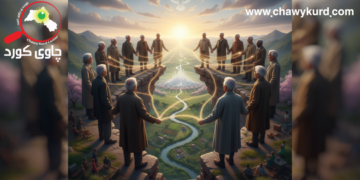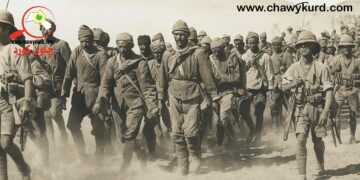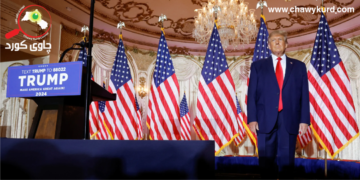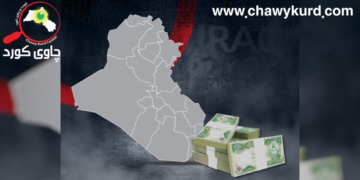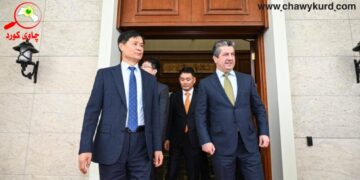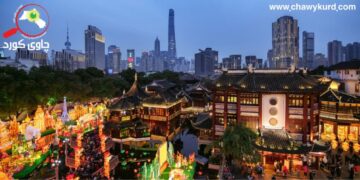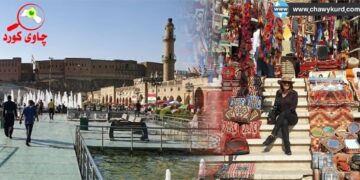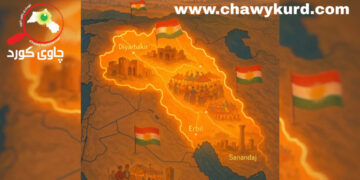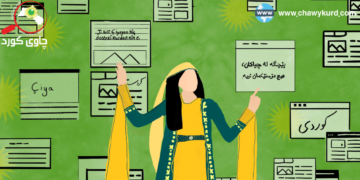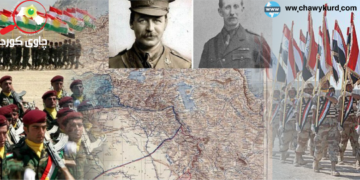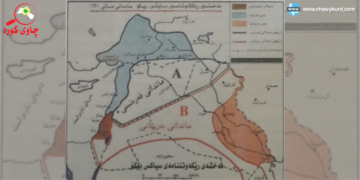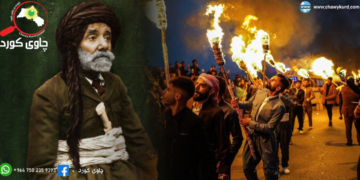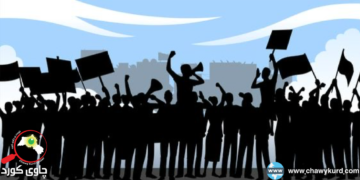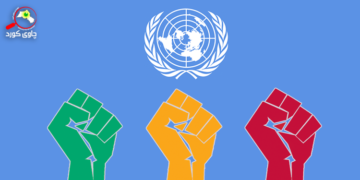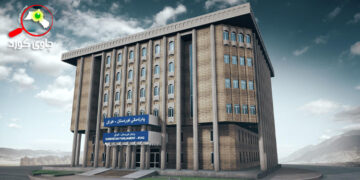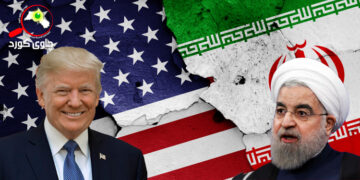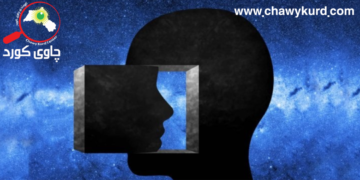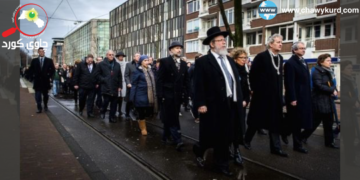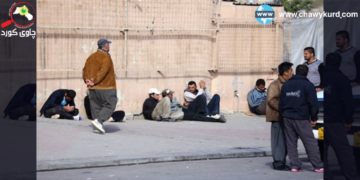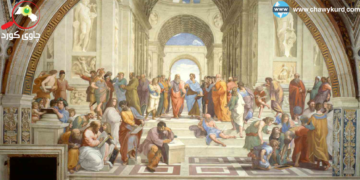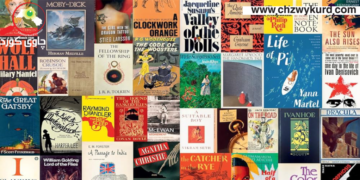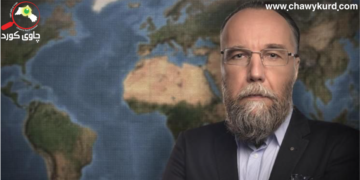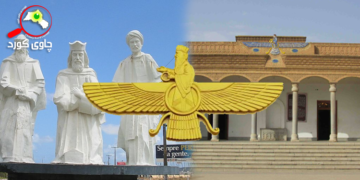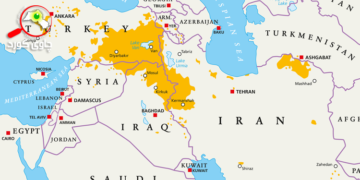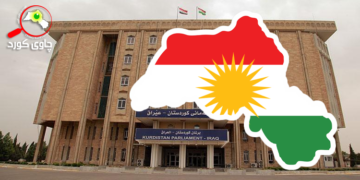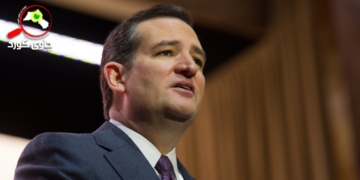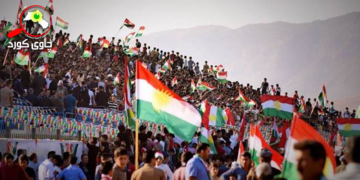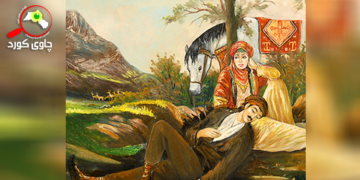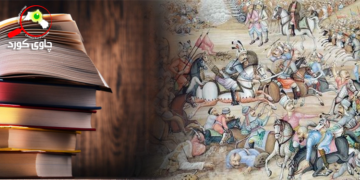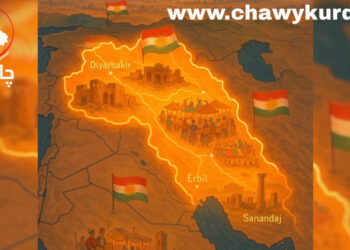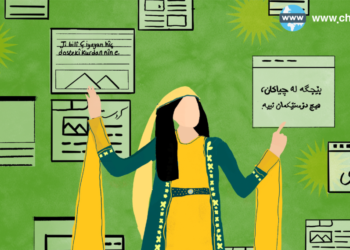Martin van Bruinessen, ‘Mawlana Khalid in Southeast Asia’
Paper presented at the conference ‘Didar-1 Cihanî-y Mewlana Xalid’
(‘International Meeting on Mawlana Khalid’),
Silêmani, Kurdistan Region, Iraq, 27-29 April 2009.
It was in Shaykh Jalal ad-Din’s time that an intense rivalry between the religious centres of Cangking and Ulakan (the latter associated with the Shattariyya) began to polarize Minangkabau society. People even spoke of ‘the religion of Ulakan’, which was conservative, tended towards syncretism and was grounded in the local adat, as against ‘the religion of Cangking’, which in the second half of the nineteenth century was more shari’a-oriented and affiliated with the Naqshbandiyya. Meccan shaykhs in the late 19th century Perhaps as an indirect response to Isma’il’s visit to the region, the number of Indonesian pilgrims [haci] seeking inintiation into the Khalidiyya during their stay in Mecca steadily increased. The zawiya on Jabal Abu Qubays offered them the opportunity to study relatively simple subjects, and granted a written ijaza to show back at home. In the eyes of many Meccans, the shaykh of this Sufi lodge was running a very profitable business. Some time after Sulayman al-Zuhdi had become the shaykh of the zawiya on Jabal Abu Quays, another Khalidi shaykh settled in Mecca. This was the Daghistani Khalil Hamdi, whose father Yahya ad-Daghistani had also been a khalifa of Abdallah al-Arzinjani. It is highly unusual for a shaykh to appoint more than one khalifa to any city or district, because that will inevitably result in conflicts of authority. Khalil’s arrival in Mecca and his claims of also being the successor to ‘Abdallah al- Arzinjani created more serious tensions than would exist between shaykhs of different branches of the order. It is not surprising, therefore, that these two colleagues were soon engaged in a fierce conflict that sent reverberations all the way to Indonesia.
Snouck Hurgronje, who spent five months in Mecca in 1885, only two years after government intervention had settled the conflict, gives an interesting account of the conflict, though unsympathetic to both parties. Both shaykhs moreover wrote tracts that yield some further information. Snouck notes that both shaykhs had large numbers of Indonesian disciples; they were in fact among the most popular of all Meccan teachers. Both allegedly ‘specialized’ in introducing simple, uneducated Indonesians (as well as Turks) into the tariga, which, beside its other merits, must have been a lucrative economic enterprise. Snouck suggests that the primary reason for their rivalry was competition over this important resource. Both could lay some claims to being the rightful successor of Abdallah al- Arzinjani, although Sulayman, as the shaykh of Abu Qubays, had the more convincing claim. Khalil prided himself on closer proximity to their illustrious predecessor: he claimed to have spent seven years at the feet of Shaykh Abdallah himself, after having been initiated by his own father. He had moreover other assets: he was a descendant of the rulers of Daghistan and had made a career in the Ottoman bureaucracy, as his title of pasha indicates (Snouck consistently refers to him as Khalil Pasha). He enjoyed good relations with the government authorities in Mecca.
As rival shaykhs often do, each accused the other of deviating from the proper Naqshbandi path. Sulayman Efendi wrote a treatise in which he accused Khalil Pasha of using dance and violent bodily movements for attaining spiritual rapture – methods that are usually unacceptable to Nagshbandi. Khalil had recourse to his political friends, who included the governor of the Hijaz and the Shafi ‘i mufti, Ahmad ibn Zayni Dahlan, to force Sulayman into retracting his accusations. In 1883, Khalil Hamdi appeared as the winner. Four of his Indonesian khalifa in Mecca then sent letters to prominent Naqshbandi in Indonesia, informing them that Sulayman had been forced to reconcile himself with Khalil Hamdi and to withdraw his accusations. The ultimate victory belonged nevertheless to Sulayman al-Zuhdi, for the number of Indonesian Naqshbandi who trace their silsila through Khalil is now negligible compared with those of Sulayman’s line.
Snouck had little sympathy for either of these shaykhs, and writes with distaste of their conflict. He showed great respect, on the other hand, for another Nagshbandi, Shaykh Muhammad Salih al-Zawawi, whom he called ‘a reasonable man, a pious scholar and a mystic who has deeply penetrated into the secrets of the tarekat’. Unlike Sulayman Efendi and Khalil Pasha, Muhammad Salih refused to admit into the tariga persons who did not yet have a solid knowledge of the Islamic sciences.
Developments in Sumatra in the 1880s
During his stay in Mecca in 1885, Snuck Hurgronje noted that virtually all Sumatrans residing there followed a tariga. In most cases this was either the Naqshbandiyya or the Qadiriyya (by which Snouck meant “Abd al-Karim Banten’s Qadiriyya wa Naqshbandiyya). The rapid expansion of the Nagshbandiyya in West Sumatra during the 1860s has already been referred to above. This growth was sustained in the time of Sulayman al-Zuhdi and his son (or son-in-law) ‘Ali Rida, both of whom had numerous khalifa in this region. West Sumatra was to remain the part of the Archipelago where the Naqshbandiyya Khalidiyya has been most firmly entrenched.
When Mecca lost, under Saudi rule, its position as the international centre of the order, West Sumatra became a centre from which the Nagshbandiyya continued to expand through the Archipelago.
Shaykh Sulayman al-Zuhdi’s most successful khalifa in Sumatra, however, was not a Minangkabau but a Malay from the east coast, ‘Abd al-Wahhab Rokan. Shaykh ‘Abd al-Wahhab must have been one of the most prolific Naqshbandi ever; he lived almost a century (or even 115 years, according to a family legend), married at least twenty-seven wives, begot forty-three children, and appointed hundred and twenty khalifa, most of them in Sumatra but also eight in mainland Malaya.10One of these khalifa was the ruler of the Malay sultanate of Langkat near Medan, in whose territory the shaykh established his pesantren and a village peopled by his descendants, Babussalam (or, in the local pronunciation, Pesilam). This is still one of the major A centres, perhaps the largest, of the Indonesian Naqshbandiyya, with a network covering the Malay-speaking parts of North and East Sumatra and mainland Malaysia.
General observations
Rather than setting out in detal the further expansion of the Naqshbandiyya Khalidiyya through Indonesia, I should like to conclude this paper with a few general observations.
(1) The largest communities of Khalidi Naqshbandis, in the early 21st century, are located in Southeast Asia. Khalidi Naqshbandis number in the hundreds of thousands there. In this sense, Mawlana Khalid may be said to have played a major role in shaping the expressions of Islam in Southeast Asia.
(2) In at least one respect, the Khalidiyya in Indonesia reproduced a pattern that has often been observed to be typical of the Naqshbandiyya: the teachers made great efforts to enter society from the top of the social hierarchy rather than seeking a popular following. The first Indonesian khalifa of the Khalidiyya whom we know by name, Ismail Minankabawi, established close relations with the ruler of the Malay sultanate of Riau, who became his disciple, and later khalifas courted the sultans of Langkat and EN English Deli (two other Malay sultanates, located in North Sumatra), and various regents (bupati, indigenous district governors) in West Java.
(3) A popular following, however, also emerged, and the spread of the Khalidiyya to Indonesia may be as much due to Indonesians’ eagerness to acquire an ijaza of the order as to its missionary zeal. The Khalidi zawiya at Abu Qubays in Mecca had by the late 19th century become a favourite target of Indonesian pilgrims seeking to acquire knowledge in the Holy Land. Numerous Indonesians took a retreat (khalwat) there, learning the basic principles of Nagshbandi devotions and returning home with a prestigious jaza. Shaykh Sulayman Zuhdi (often referred to as Sulayman Efendi), who flourished in the last quarter of the 19th century as the second successor of Mawlana Khalid’s Meccan khalifa Abdullah Arzinjani, established a dense network of deputies covering much of Indonesia and Malaya.
(4) Unlike in Kurdistan, however, the network of Khalidi khalifa and their followers does not appear to have been activated for the cause of nationalist mobilisation. Several other orders were in fact involved in social and political protest movements. The Naqshbandiyya often aroused suspicions among the Dutch Indies authorities for its alleged *fanaticism’ (which probably meant intensity of religious performance), but precisely due to its closeness to indigenous authorities it never seriously challenged the colonial order. Its involvement in politics dates mostly from the period of independence.
(5) The practice of intensive training during retreats (khalwat or suluk) was a major factor in the success of this order, and so was the practice of rabita bi l-shaykh. Both were already part of the repertoire of techniques of the Naqshbandiyya, but received a special emphasis in Khalid’s teaching. At least until the late 19th century, Indonesian Nagshbandis continued visualizing Shaykh Khalid in the rabita; it is not clear when this practice was discontinued and the first Indonesian shaykhs told their murids to visualize themselves.
(6) Until the Saudi conquest, the Indonesian branches of the Naqshbandiyya Khalidiyya were focused on a centre outside the country, i.e. on Jabal Abu Qubays. When this centre disappeared, the Indonesian communities lost coherence and a number of 10 competing centres emerged in Indonesia itself. Devotional practices gradually adopt distinctly Indonesian colours.11
__________________________________________________________
1 C. Snouck Hurgronje, Ambteliike adviezen van C. Snouck Hurgronje, vol. Il, ed. E. Gobée and C. Adriaanse, The Hague: Nijhoft, 1957. pp. 1182-83.
2 This text was first printed in the margin of al-Manzilawi’s Arabic translation of Sirhindi’s Maktubat. I have used a later edition, with interlineary Malay translation (Mecca 1306/1889), of which I procured a copy in Indonesia. Al-Rahma al habita was completed in 1821, i.e. when Shaykh Khalid was still alive.
3 Sulayman al-Zuhdi al-Khalidi, Majmú at al-rasa’il. Istanbul, 1298/1881, pp. 19-20.
4 In the Malay kingdoms, the temenggong was the official charged with internal security, which was one of the top positions. The police force and other troops stood under his command. Temenggong Ibrahim of Johor acquired an even more influential position than is indicated by this title; from 1839 (when he was officially installed as the temenggong until his death in 1862, he rather than the weak sultan was the real holder of power (Turnbull 1972:271-87; Adil 1980:211-45.
5 The colophon of the later version of Ar-Rahma al-habita (pp. 72-3) is dated 1269/1853 and mentions the support of the Amir Ibrahim ibn al- marhum Amir Abd ar-Rahman, Temenggong (at-tamangum) Seri Maharaja. It also refers to Shaykh Isma’il as residing in the kampung Telok Blangah, where the temenggong had his residence.
6 L.W.C. van den Berg. ‘Over de devotie der Nagsjibendijah in den Indischen archipel’, Tijdschrift voor Indische Taal-, Land- en Volkenkunde 28, 1883, 258-175.
7 Letter from the resident of Priangan to the Governor General, dated 29-9-1885, enclosed in Mailrapport no. 642a (Arsip Nasional, Jakarta).
8 The same resident, in a later letter, called the Cianjur Nagshbandi followers of the doctrines of Isma’il Minangkabau’ (MGS 12-4-1886, no. 58/c, Arsip Nasional, Jakarta). This is, however, in the context of a discussion of a tract by Sayyid Usman attacking the Naqshbandiyya and specifically Shaykh Ismail, and the resident may have known Ismail’s name from that tract only, instead of from the persons concerned.
9 A.W.P.Verkerk Pistorius, ‘De priester en zijn invloed op de samenleving’, Tijdschrift voor Nederlandsch-Indie 3/2, 1869, 423-455. especially pp. 450-1. The author does not mention the targa by name, and erroneusly speaks of Hanafiyya, but from his observations on its practices it is obvious that we have to do with the Nagshbandiyya.
10 See HA. Fuad Said, Svekh Abdul Wahab Tuan Guru Babussalam. Medan: Pustaka Babussalam 1983[1960]; names of (remembered) wives and children at pp. 170-2, of khalifa at pp. 134-9. The author is one of the shaykh’s 207 grandchildren.
11This process is described in some detail in Martin van Bruinessen, ‘After the days of Abû Qubays: Indonesian transformations of the Naqshbandiyya-Khâlidiyya’, Journal of the History of Sufism, 5, 2008, 225-51 and idem, Tarekat Nagsyabandiyah di Indonesia. Survei historis, geografis, dan sosiologis, Bandung: Mizan, 1992.

